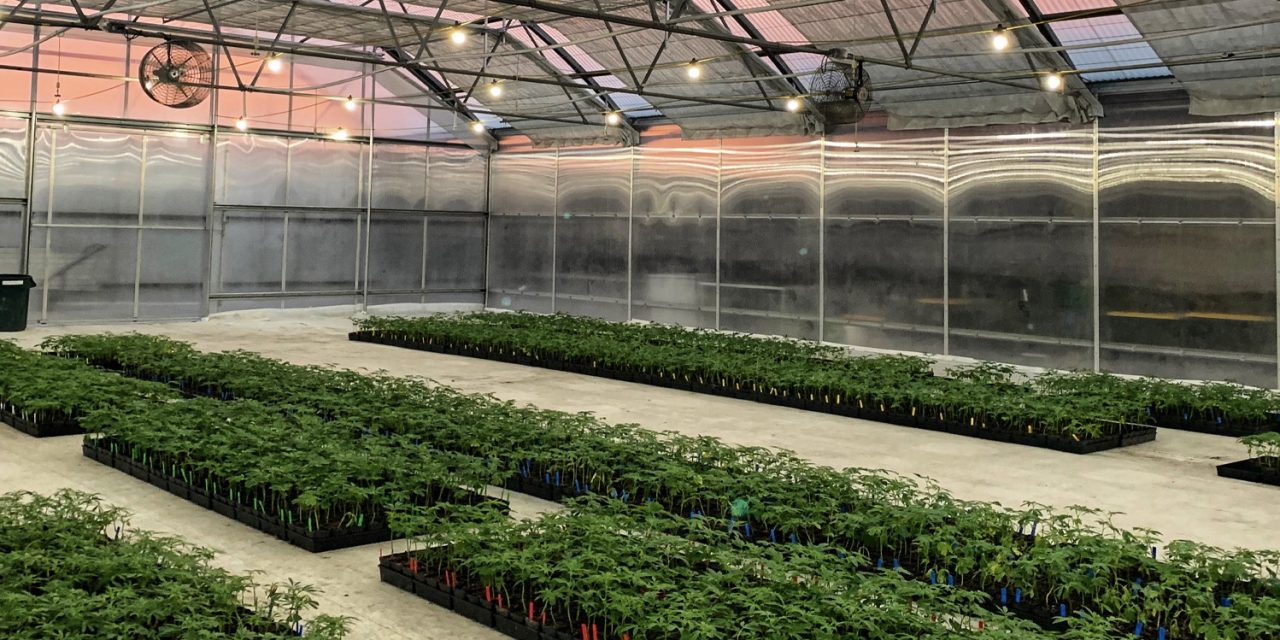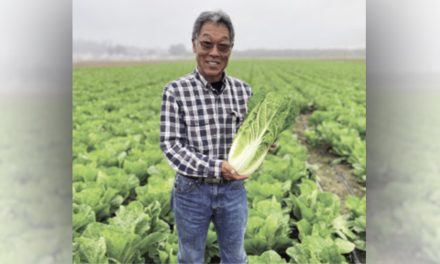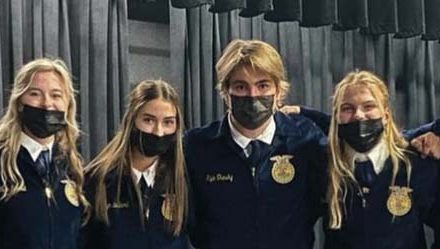A special in-depth look into a growing industry and what that means to the Central Coast
One of the most controversial topics currently discussed on the Central Coast seems to be the cultivation, use, and distribution of cannabis.
Before discussing various viewpoints of the topic, we first need to know the background and timeline for the legalization of cannabis in California.
In 1913, California was one of the first to ban marijuana but decriminalized the substance in 1975.
Then, in 1996 California was the first state to legalize medicinal marijuana with Proposition 215, which “allowed qualified patients and approved caregivers to possess and cultivate medical cannabis and ultimately led to the formation of collectives and cooperatives to serve medical patients throughout the state.”
Three bills were passed in the Medical Cannabis Regulation and Safety Act (MCRSA) which “created a state licensing and regulatory system for the existing medical market. MCRSA also established the state’s three cannabis licensing authorities – (Bureau of Cannabis Control, CalCannabis Cultivation Licensing, and Manufactured Cannabis Safety Branch).”
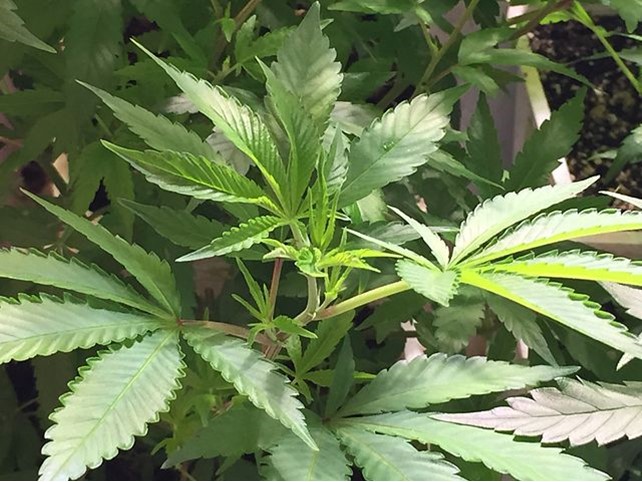
However, these bills were repealed in 2017 when California State Legislature passed Senate Bill 94. This bill combined MCRSA with the Adult-use Marijuana Act (AUMA) to create the Medicinal and Adult-Use Cannabis Regulation and Safety Act (MAUCRSA), “a single regulatory system governs the medicinal and adult-use cannabis industry in California.”
In Nov. 2016, California voters approved Proposition 64, which allows “adults 21 years of age or older can legally grow, possess, and use cannabis for non-medicinal purposes, with certain restrictions. Additionally, AUMA also made it legal to sell and distribute cannabis through a regulated business as of January 1, 2018.”
Although the use, distribution, and cultivation of cannabis are now legal in California, MAUCRSA establishes a dual licensing structure where both state and local governments have guidelines. This means the state sets minimum requirements that all licensees must follow, and local governments can set additional requirements.
Within SLO County, you have varying rules on the use and distribution of cannabis in each city or territory of the county.
For Paso Robles city limits, the rules are as follows:
Cannabis Dispensaries: Dispensaries with storefronts open to the public are prohibited. Delivery dispensaries are limited to medical-only dispensaries (mobile deliveries).
Commercial Cannabis Cultivation: Commercial cannabis cultivation, indoor and outdoor, is prohibited.
Personal Cannabis Cultivation: Six cannabis plants total, grown indoors, per dwelling unit, for personal use, are permitted. Outdoor personal cultivation is prohibited.
Cannabis Activities: Cannabis testing facilities are prohibited. Cannabis manufacturing facilities are prohibited.
Atascadero city limits rules:
Cannabis Dispensaries: Dispensaries with storefronts open to the public are prohibited. Deliveries of recreational and medical cannabis are permitted when the dispensary is located outside of City limits.
Commercial Cannabis Cultivation: Commercial cannabis cultivation, indoor and outdoor, is prohibited.
Personal Cannabis Cultivation: Six cannabis plants total, per dwelling unit, for personal use, are permitted. Outdoor and indoor personal cultivation is permitted.
Cannabis Activities: Cannabis testing facilities are permitted. Cannabis manufacturing facilities are prohibited.
As for unincorporated areas of the county, the County Board of Supervisors set cannabis-related policies.
Unincorporated areas in SLO County include:
Adelaide, Cholame, Lake Nacimiento, Oak Shores, San Miguel, Shandon, Whitley Gardens, Baywood Park, California Men’s Colony, Cal Poly State University, Cambria, Cayucos, Cuesta-by-the-Sea, Cuesta College, Harmony, Los Osos, San Simeon, Avila Beach, Country Club, Edna-Los Ranchos, Edna Valley, Rolling Hills Estate, Shell Beach, Squire Canyon, Sunset Palisades, Black Lake Canyon, Callendar-Garrett, Cuyama, Halcyon, Huasna-Lopez, Los Berros, Nipomo, Nipomo Mesa, Oceano, Palo Mesa, California Valley, Creston, Garden Farms, Pozo, Santa Margarita.
The county has regulations for personal cultivation, dispensaries, commercial cultivation, nurseries, manufacturing, testing, and distribution facilities.
There are additional requirements for any permitted cannabis activity, such as cultivation, nurseries, distribution, and manufacturing, among a few others.
First is Separation from Sensitive Uses: “All permitted cannabis activities are required to be separated at least six-hundred (600) feet from any pre-school, elementary school, junior high school, high school, library, park, playground, recreation or youth center, licensed drug or alcohol recovery facility, or licensed sober living facility.
However, nurseries and cultivation are required to be separated by 1,000 feet but can request a modification.
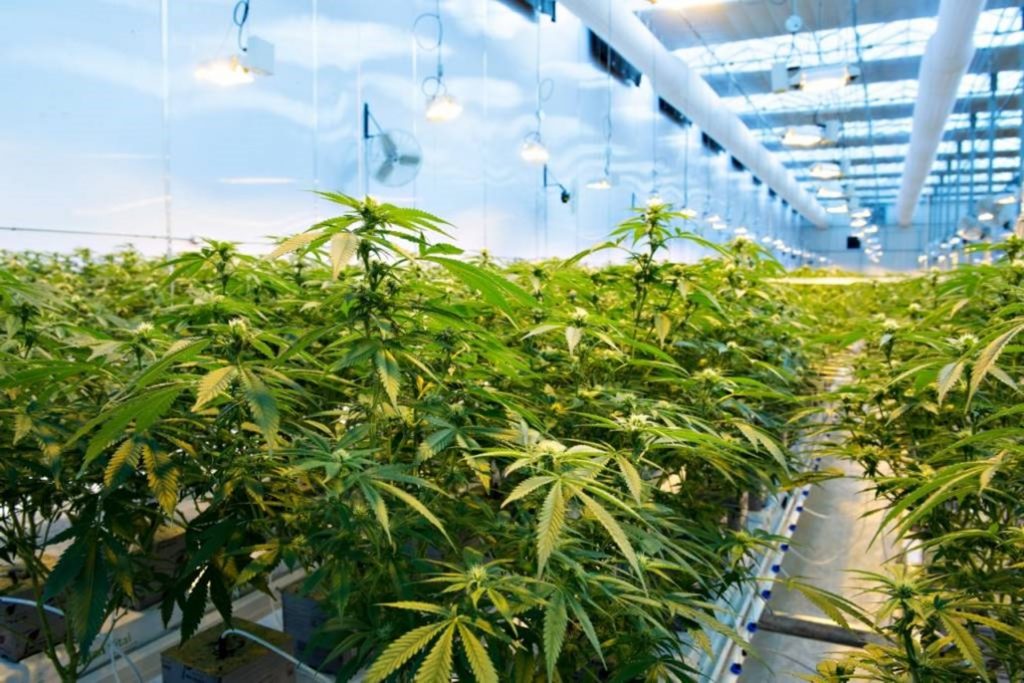
When it comes to cannabis cultivation, water is a big concern for many. The county has a one-to-one water offset requirement for cannabis cultivation and nurseries in areas where the groundwater basin is at a severe level. Cannabis activities may not truck in water for their operations.
But the split vote between county supervisors is just an example of how split our county is on cannabis.
Drew Van Duren, a resident of Templeton, has been an active voice in the county against cannabis cultivation. He has previously spoken out against a potential cannabis farm near his home.
“My stance is laser-focused on the commercial growing and production of cannabis, and I’m very much against it being done in places where it can have a detrimental effect on the environment, resources, and the health and wellbeing of the population that shares that environment. Proposition 64 didn’t authorize this. Furthermore, 79 percent of the counties in California recognize the incompatibilities and simply don’t allow it,” said Van Duren.
Beth Parham, a resident of Paso Robles, works for a dispensary in San Luis Obispo. Parham only recently started working and showing interest in the cannabis industry. She and her husband use it about once a month.
Parham and her husband started to grow their cannabis plants out of curiosity and fun when it became legalized. When a position opened up at a dispensary in SLO, she thought, why not try it out.
“I am absolutely in favor of commercial cannabis operations, including cannabis cultivation. Cannabis growers aren’t the stoners or criminals people imagine. They are farmers, just like all the produce farmers in the area, including the vineyards. Really, cannabis is just another crop that people are hesitant to allow in the community, just like grapes were years ago. The only difference is that cannabis, according to reports, uses less water. And since it is harvested as a whole plant and isn’t left to go dormant, poses less of a fire hazard. Tax revenue isn’t the only benefit cannabis can bring to a community. It brings jobs, income, and medicinal properties, including what some believe to be an alternative to pharmaceuticals.”
For many who support the cannabis industry in SLO County, increased tax revenue is one of the first points they bring up.
Van Duren counters by saying cannabis is an unethical way to bring money into the county.
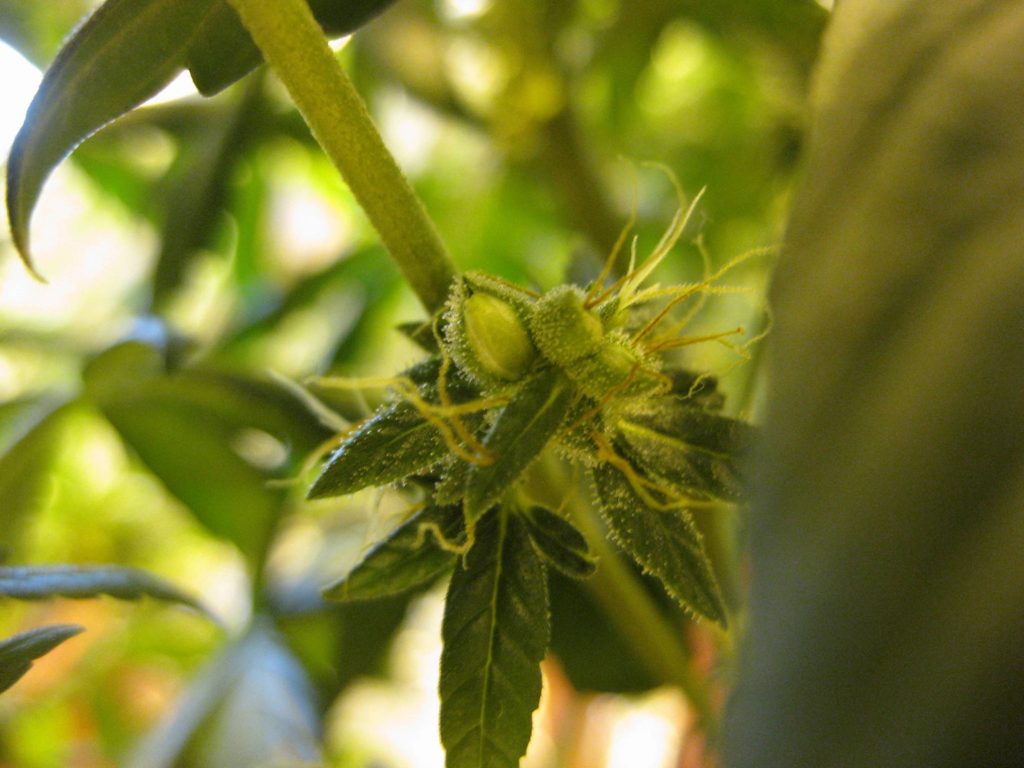
He says, “Whether or not cannabis makes money for the county is entirely beside the point. What matters most is how it makes that money. We should all question the ethical backbone of any county official or Supervisor who endorses a policy that pads cannabis industry and county coffers on the backs of communities and their own constituents. There are over 2 million acres of unincorporated land in SLO County; a huge portion of that is zoned agricultural, some rural-residential. Most of those acres are in the strike zone of today’s SLO County cannabis ordinance, this despite the fact that the USDA does not categorize marijuana cannabis a ‘right to farm’ commodity to begin with.”
Parham feels people in our community who want to invest in cannabis cultivation are not trying to harm our community but instead bring in revenue and help rebuild our economy.
She explains, “The cannabis industry isn’t here to take over our communities. It isn’t here to bring crime or a decline in the quality of the community. It isn’t here to be a detriment. It is here to be a benefit. It is here to bring people a possible alternative to traditional pharmaceuticals. It is here to possibly bring a more profitable life to local farmers. It is here to bring more tax revenue to a community that was troubled by COVID and to provide more jobs for individuals like you and me. It isn’t the nightmare some people think it is. And, properly regulated and monitored, could be an incredibly advantageous addition to our community.”
Cannabis is going to be an ongoing and controversial topic within our county. As we begin this in-depth series, we will look to bring more information, different perspectives, and outlooks from both sides of the subject. And as always, with an unbiased outlook.
If you or someone you know would like to share your insight into the subject, send an email to camille@13starsmedia.com.

